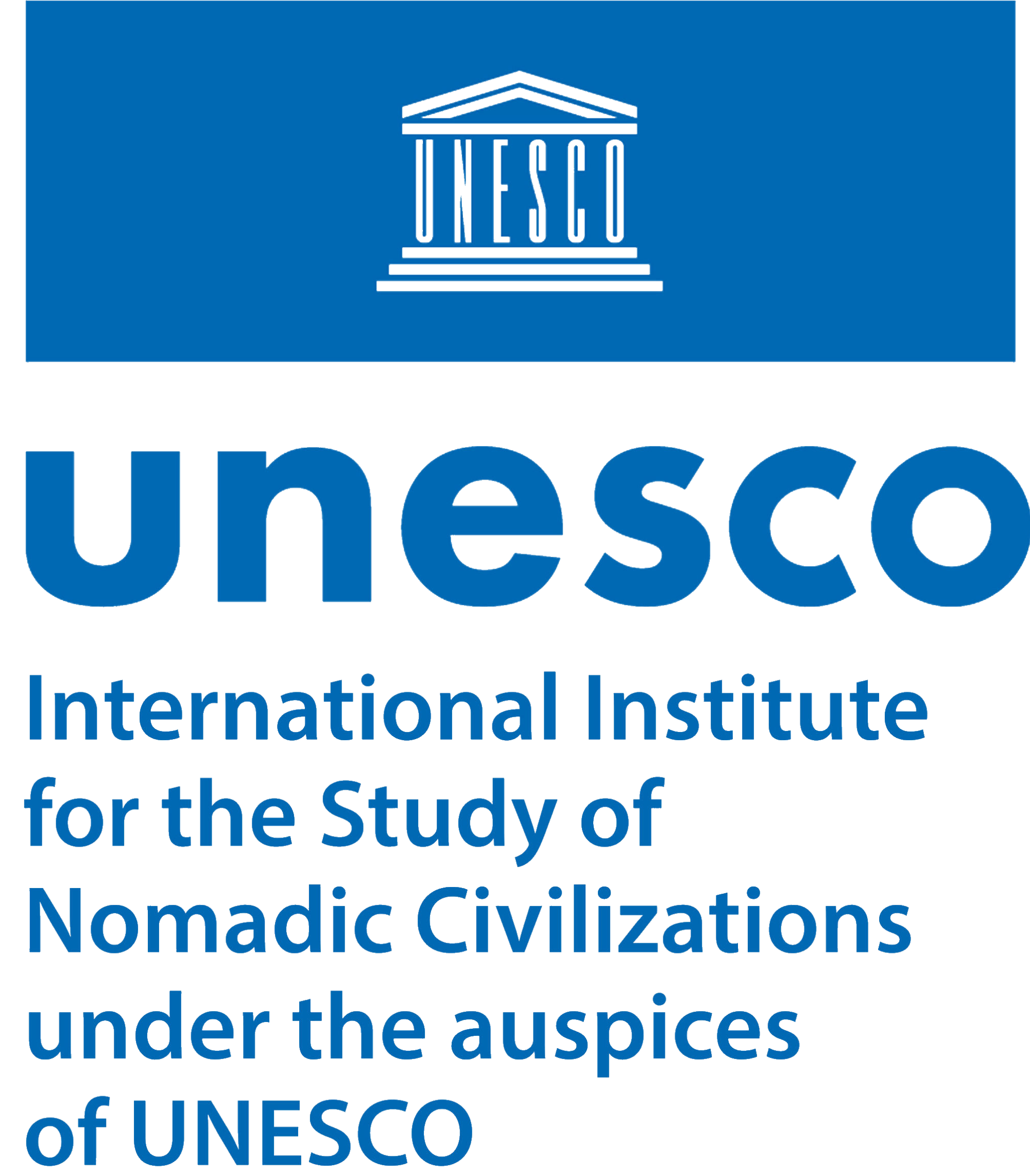Children's cultural rights
Keywords:
Cultural Rights; Children's Cultural Rights; Nomads;Human rights.Abstract
As the future and hope of nomads, children's particularity and vulnerability lead to the need for special protection of children's rights and interests.Cultural content is essentially an ideology, which has the function of conveying the social experience of the nation, instructing, cultivating, and shaping children's correct values.
Cultural rights are an important right of nomadic children themselves, and the development of nomadic culture cannot be separated from the inheritance and development of children. Nomadic culture is the material and spiritual culture created by nomadic people. Excellent culture can enrich children's spiritual world, enhance children's spiritual power, and promote children's all-round development.
At present, due to long-term living in an environment with harsh natural environment, difficult production and living conditions, closed cultural traditions and insufficient educational resources, the development of nomadic culture is also worrying, making it difficult to effectively protect the cultural rights of children in nomadic areas. In this article, it briefly discusses how to protect the cultural rights of nomadic children.
References
Alderson, P. (2004). Children as Researchers in Education. Routledge.
Lansdown, G. (2005). The Evolving Capacities of the Child. Innocenti Essays No. 9, UNICEF Innocenti Research Centre.
Qvortrup, J. (2009). Studies in Modern Childhood: Society, Agency, Culture. Palgrave Macmillan.
Downloads
Published
How to Cite
Issue
Section
License
Copyright (c) 2024 SARINA

This work is licensed under a Creative Commons Attribution-ShareAlike 4.0 International License.




